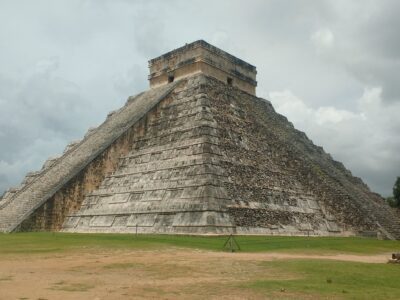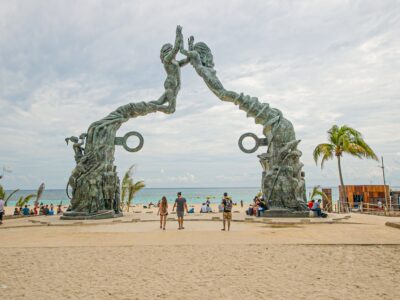Excavations in central China uncovered a 5,000-year-old tomb filled with artifacts from the Dawenkou Culture.
Archaeologists uncovered a new range of tombs at the Wangzhuang ruins this fall in central China’s Henan Province. Especially exciting is tomb M27, which likely belonged to a prehistoric king judging by the size of the tomb, coffins, and bounty of burial artifacts. In fact, experts now believe that the entire site could have been the capital of a prehistoric kingdom, stemming from the ancient Neolithic Dawenkou Culture that existed from 4000 B.C. to 2600 B.C.
“The latest discovery indicates that the Wangzhuang ruins are not an ordinary settlement, but rather the capital of a prehistoric kingdom,” Zhu Guanghua, associate professor at Capital Normal University and lead architect on the excavation, said according to China Daily.
The size of the tomb served as the first clue. Running about 15 feet long and stretching roughly 12 feet wide, it’s one of the largest from the period. Even the wooden coffin is impressive, with an inner and outer vessel together measuring about 182 square feet.
CLICK HERE TO READ THE FULL ARTICLE IN POPULAR MECHANICS
TYT Newsroom
The post 5,000-Year-Old Tomb Found by Archaeologists in China first appeared on The Yucatan Times.














